Technologies
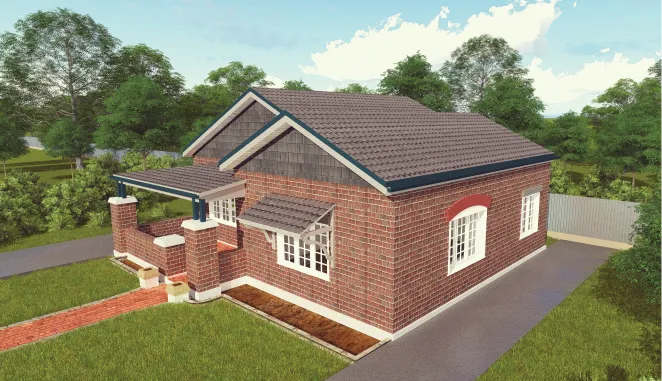
We’ve developed cutting-edge technologies to resolve your home’s structural issues.
Our Work
Featured Projects
Reviews
Technologies

We’ve developed cutting-edge technologies to resolve your home’s structural issues.
Our Work
Reviews
What we fix
If a structural engineer tells you your home is suffering from subsidence, what they’re really telling you is your home is sinking. Subsidence exerts an immense amount of force on your home. The force created by the sinking strains your home’s foundations, the floor, the walls, the ceiling and even the roof.
If subsidence isn’t stopped, the force exerted on your home can quickly multiply foundational and structural issues. This can also multiply the cost of repairs, hurting your wallet over the long-run.
If you suspect your home may be suffering from subsidence you’re in the right place. Read on to learn about the symptoms and causes of subsidence.
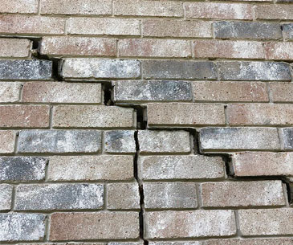


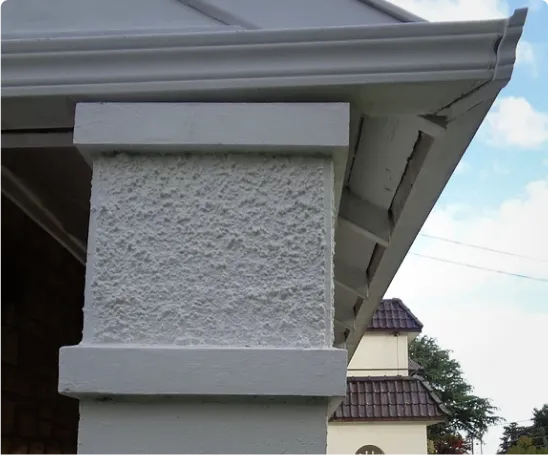
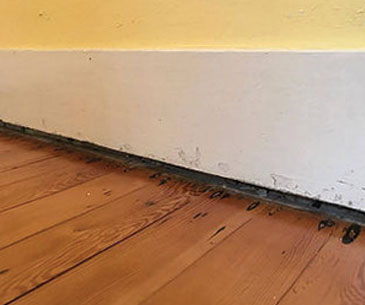
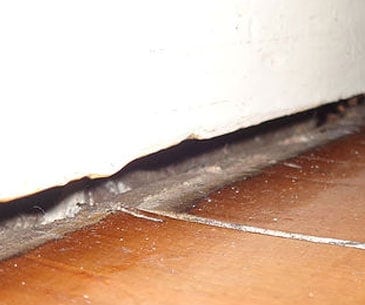

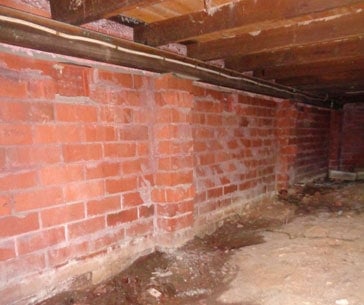





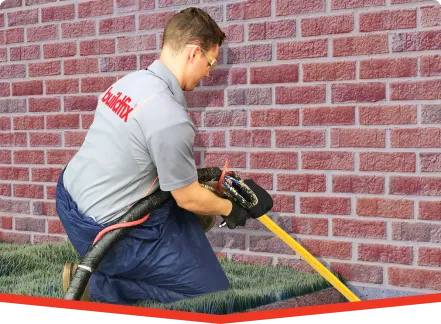
More Questions...
Look for signs like wall cracks, sloping floors, or sticking doors. If you’re concerned, we offer free structural assessments to identify the cause. We’ll provide honest advice and, if needed, a detailed repair plan with a fixed-price quote.
Our full-time technicians and trades professionals handle your project, overseen by our in-house licensed builders and structural engineers. We never outsource or subcontract, ensuring top-quality work from start to finish.
Our 20-year warranty covers materials and workmanship, plus unforeseen issues like flooding, soil erosion, or tree root damage—even if unrelated to our repairs. If problems arise at the repaired location, we’ll fix it at no cost.
Yes. GeoPoly™ is our proprietary product, developed and manufactured exclusively by Buildfix in Australia. We’re the only foundation repair company with rights to this formulation.
No need. We handle everything, including drainage inspections and blockage repairs. Our in-house plumbers ensure your underground services are protected, making the process seamless and hassle-free.
No. You only pay once the job is completed.
Not always. Fixing the foundation is crucial, but additional repairs may be needed for wall cracks or other issues. We offer over 30 specialised methods to fully restore your home.
We provide various structural repairs like wall crack repairs, concrete slab revelling, floor pier and stump repairs, and solutions for rising damp. We also offer cosmetic services like mortar repointing, plastering, and rendering.
We serve most major metropolitan areas and some regional locations across Australia, with hubs in Sydney, Melbourne, Brisbane, and Perth. Unsure if we cover your area? Call us at 1300 854 115.
More Questions...
Look for signs like wall cracks, sloping floors, or sticking doors. If you’re concerned, we offer free structural assessments to identify the cause. We’ll provide honest advice and, if needed, a detailed repair plan with a fixed-price quote.
Our full-time technicians and trades professionals handle your project, overseen by our in-house licensed builders and structural engineers. We never outsource or subcontract, ensuring top-quality work from start to finish.
Our 20-year warranty covers materials and workmanship, plus unforeseen issues like flooding, soil erosion, or tree root damage—even if unrelated to our repairs. If problems arise at the repaired location, we’ll fix it at no cost.
Yes. GeoPoly™ is our proprietary product, developed and manufactured exclusively by Buildfix in Australia. We’re the only foundation repair company with rights to this formulation.
No need. We handle everything, including drainage inspections and blockage repairs. Our in-house plumbers ensure your underground services are protected, making the process seamless and hassle-free.
No. You only pay once the job is completed.
Not always. Fixing the foundation is crucial, but additional repairs may be needed for wall cracks or other issues. We offer over 30 specialised methods to fully restore your home.
We provide various structural repairs like wall crack repairs, concrete slab revelling, floor pier and stump repairs, and solutions for rising damp. We also offer cosmetic services like mortar repointing, plastering, and rendering.
We serve most major metropolitan areas and some regional locations across Australia, with hubs in Sydney, Melbourne, Brisbane, and Perth. Unsure if we cover your area? Call us at 1300 854 115.
More Questions...
Look for signs like sagging or uneven floors, creaking boards, and difficulty opening doors. If you’re concerned, we offer free structural assessments to identify the cause. We’ll provide honest advice and, if needed, a detailed repair plan with a fixed-price quote.
Our full-time technicians and trades professionals handle your project, overseen by our in-house licensed builders and structural engineers. We never outsource or subcontract, ensuring top-quality work from start to finish.
Our 20-year warranty covers materials and workmanship, plus unforeseen issues like flooding, soil erosion, or tree root damage—even if unrelated to our repairs. If problems arise at the repaired location, we’ll fix it at no cost.
Yes. GeoPoly™ is our proprietary product, developed and manufactured exclusively by Buildfix in Australia. We’re the only foundation repair company with rights to this formulation.
No need. We handle everything, including drainage inspections and blockage repairs. Our in-house plumbers ensure your underground services are protected, making the process seamless and hassle-free.
No, you only pay once the job is completed.
Not always. Fixing sinking piers and stumps is crucial, but additional repairs may be needed for wall cracks or other issues. We offer over 30 specialised methods to fully restore your home.
We provide various structural repairs like wall crack repairs, slab re-levelling, subsidence repairs, and solutions for rising damp. We also offer cosmetic services like mortar repointing, plastering, and rendering.
We serve most major metropolitan areas and some regional locations across Australia, with hubs in Sydney, Melbourne, Brisbane, and Perth. Unsure if we cover your area? Call us at 1300 854 115.
More Questions...
More Questions...